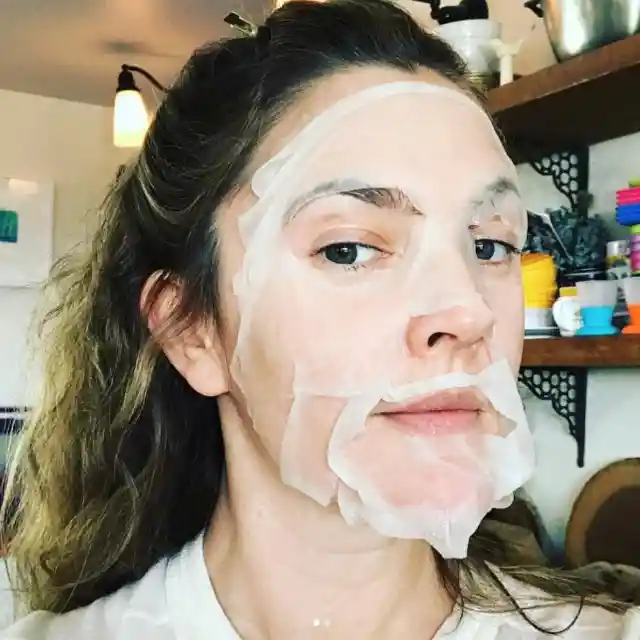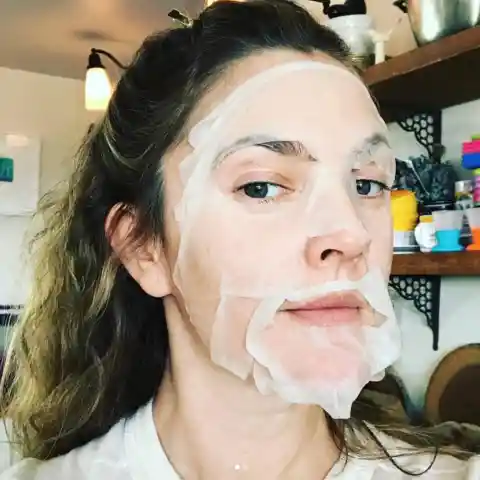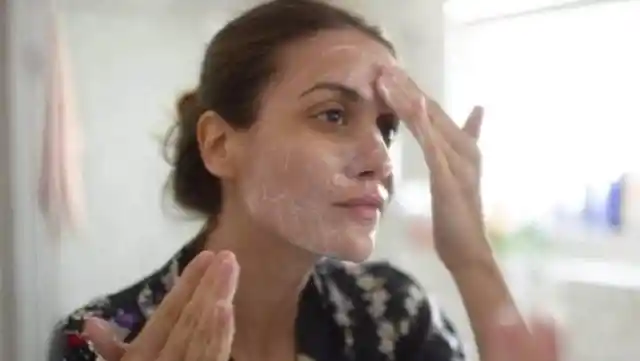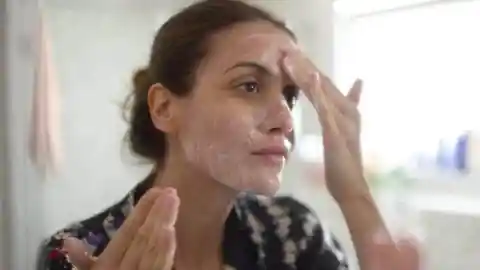Extremely Dry Skin
When a plane reaches 30,000 feet of altitude, the humidity in the aircraft drops to 20%, which dehydrates your skin dramatically.


To put it into perspective, your skin needs between 40% to 70% of humidity to be hydrated. No matter what your skin type is, your skin will definitely be affected by this change.
More Side Effects
When humidity is so low, not only does your skin become dehydrated, but there are also other undesirable side effects that you might experience.


As a result of a lack of humidity, your skin might try to combat the dryness by producing more oil, which leads to breakouts and puffiness. Luckily, we have a solution to all these problems.
Prep With A Sheet Mask
If you have time, use a hydrating sheet mask before your flight. If your flight is several hours long, make sure you also bring a sheet mask to wear during your flight.


Since 50% of the air in a plane is recycled, you should first spritz a skin purifier on your skin to avoid bacteria growing underneath your mask. Also, make sure to use hand sanitizer before touching your face.
Wear Sunscreen
This one is a no-brainer, but it is still worth mentioning. While you should be wearing sunscreen every day, you should pay special attention to this part of your routine when you’re traveling.


While plane windows do shield you from harmful UV rays, they don’t fully protect you, and being at a high altitude will expose you to more UV rays than usual.
Drink Water And Use A Serum
For every hour you’re on a plane, your body loses one cup of water. This is why you should stay hydrated during your flight, especially if it’s long.


On top of drinking water, hydrate your skin with a serum after you’re done with your sheet mask. This way, your skin will look flawless when you land.